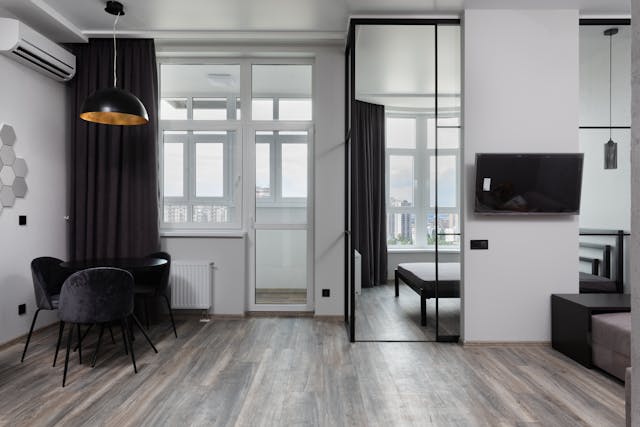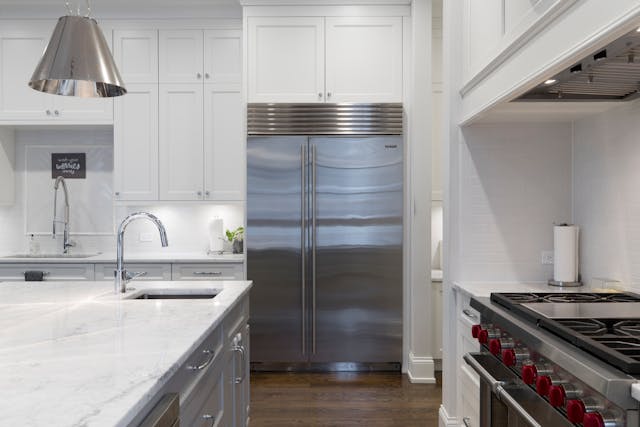Understanding the expenses connected with compressed air consumption is the first step towards achieving possible savings. It is important to consider not just the initial equipment expenses, but also the continuous operational expenditures. Businesses may dramatically cut their expenses by identifying inefficiencies and applying efficient techniques.
Compressed Air Systems
Compressed air is a flexible utility utilised in a wide range of industrial applications, including pneumatic equipment, air-powered machinery, and process control systems. From powering assembly lines to aiding material handling activities, compressed air is critical to boosting productivity and efficiency in a variety of sectors.
However, the generation of compressed air has a high energy cost. In reality, compressed air systems may account for a significant amount of a facility’s total energy use (i), making them great candidates for optimisation. Businesses that enhance the efficiency of compressed air systems may save money on energy, lessen their environmental effect, and improve their operations.
Challenges in Compressed Air System Efficiency
Despite the ubiquitous usage of compressed air, many firms require assistance with inefficiencies in their operations. Leaks, pressure losses, incorrect system size, and poor maintenance procedures are all common issues. These inefficiencies not only waste energy but also jeopardise system dependability and performance, resulting in costly downtime and maintenance concerns.
Air leaks are one of the leading causes of wasted energy in compressed air systems. Even little leaks can cause large energy losses over time, raising running costs and reducing system efficiency. Furthermore, severe pressure dips and poor system design add to energy inefficiencies, since the system has to work harder to maintain the correct pressure levels.
Moreover, many organisations use compressed air systems that are too large for their real demands. Oversized equipment not only uses more energy while in operation, but it also has greater upfront capital and maintenance expenditures. Conversely, undersized systems may struggle to satisfy demand, resulting in lower productivity and probable production delays.
Optimising Compressed Air Systems: Strategies for Success
Begin by doing a thorough examination of the current compressed air system to find inefficiencies and potential for improvement. This audit should involve a look at equipment performance, air quality standards, pressure levels, and demand trends.
Invest in leak detection instruments and conduct frequent inspections to find and correct air leaks quickly (ii). Implement a proactive leak management programme to reduce energy losses and ensure system integrity over time.
Adjust system pressure levels to meet actual demand and avoid wasting energy. Use pressure regulators and control valves to maintain appropriate pressure throughout the system while minimising pressure dips and losses.
Evaluate the capacity and performance of current equipment, and consider reducing or updating components to better meet real demand. Right-sizing equipment can minimise energy usage, increase system dependability, and cut operating expenses.
Investigate the utilisation of energy-efficient technologies, such as variable speed drives, heat recovery systems, and innovative control algorithms to improve system performance while reducing energy consumption. These solutions can assist in maximising energy savings while maintaining dependable operation.
Set up a regular maintenance routine to examine, clean, and lubricate compressed air system components. Promptly addressing maintenance concerns can help to prevent equipment failures, increase system longevity, and maintain peak performance.
Provide extensive training for operators and maintenance personnel to guarantee correct system operation, maintenance, and troubleshooting. Well-trained people may recognise possible concerns early on and execute remedial steps.
The Bottom Line
To summarise, optimising compressed air systems is an important step towards lowering energy costs, increasing operational efficiency, and meeting sustainability objectives. Businesses may save money and reduce their environmental effect by employing proactive initiatives to eliminate inefficiencies.
From correcting air leaks and pressure losses to correct-sized equipment and adopting energy-efficient technology, optimising compressed air systems provides a road to long-term success and competitiveness in today’s fast-changing industrial scene.
(i) https://www.directair.co.uk/news/unlocking-sustainability-cost-savings-in-compressed-air-systems/


